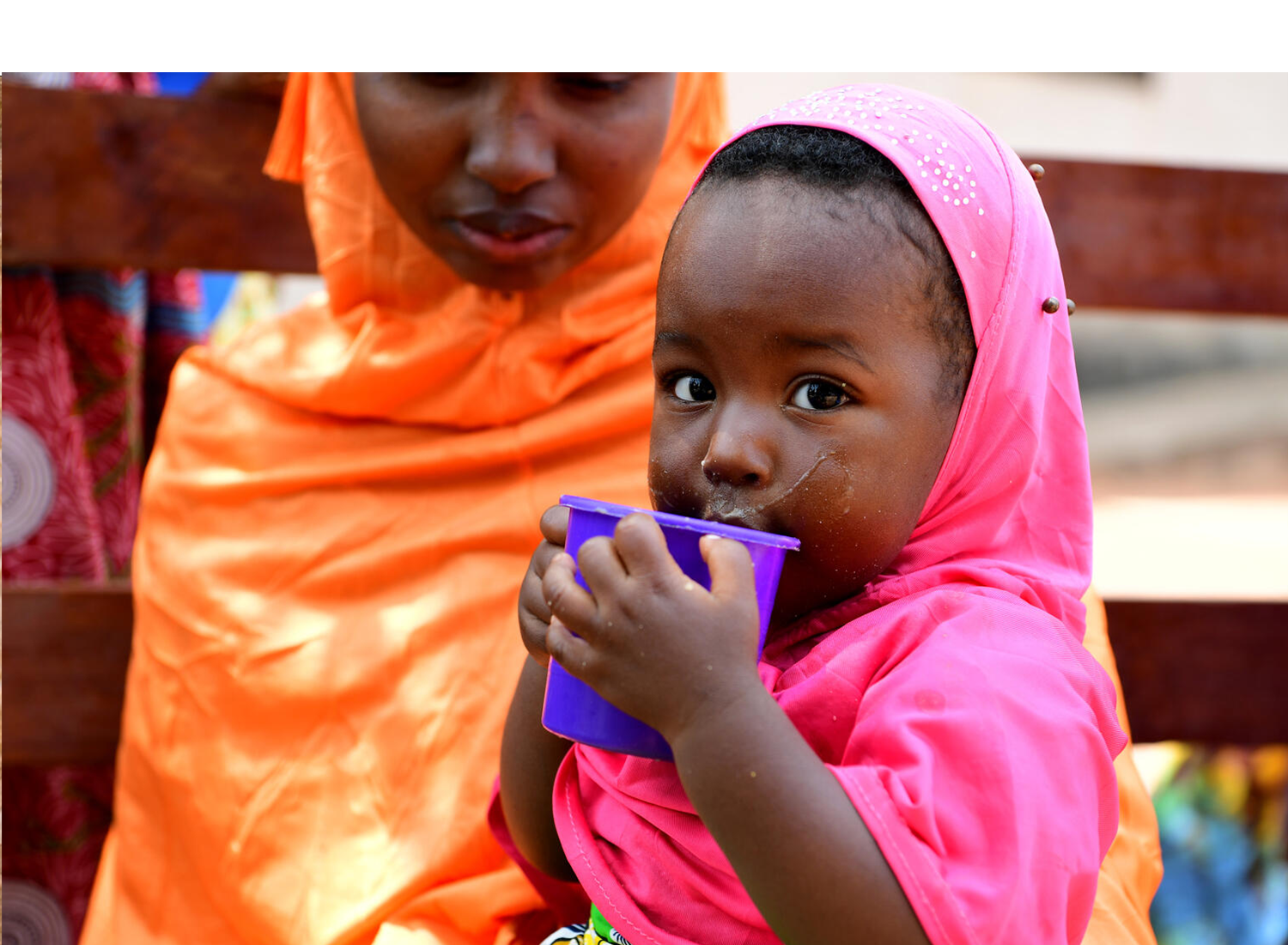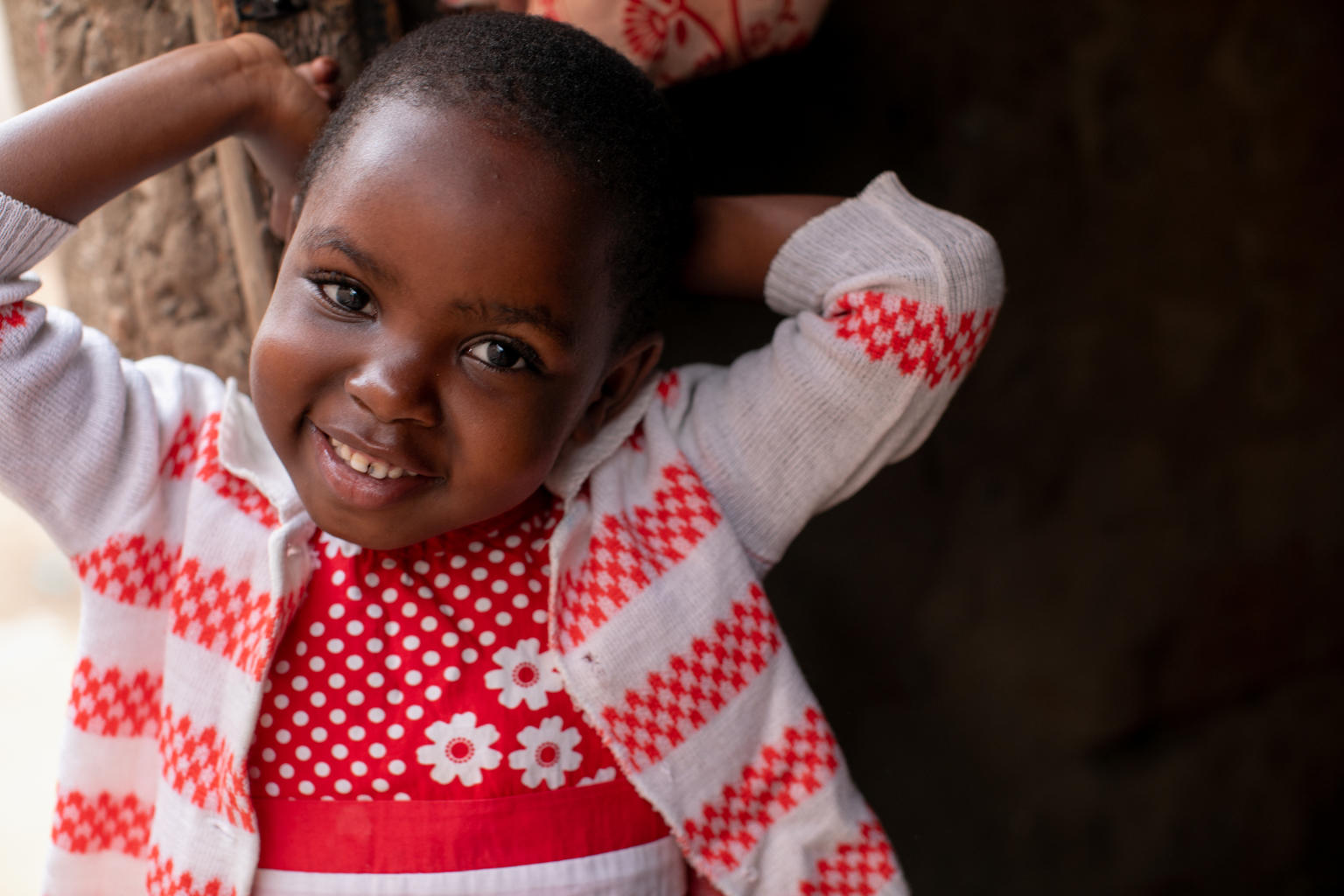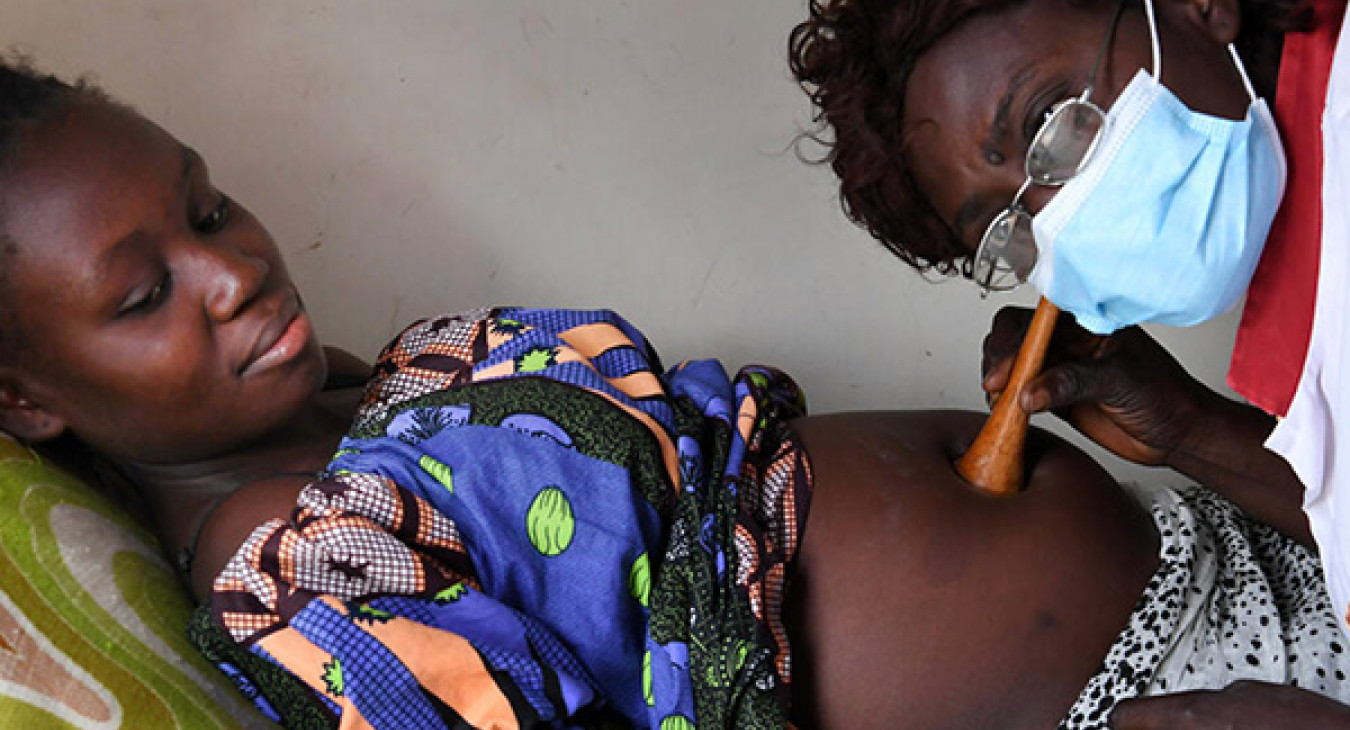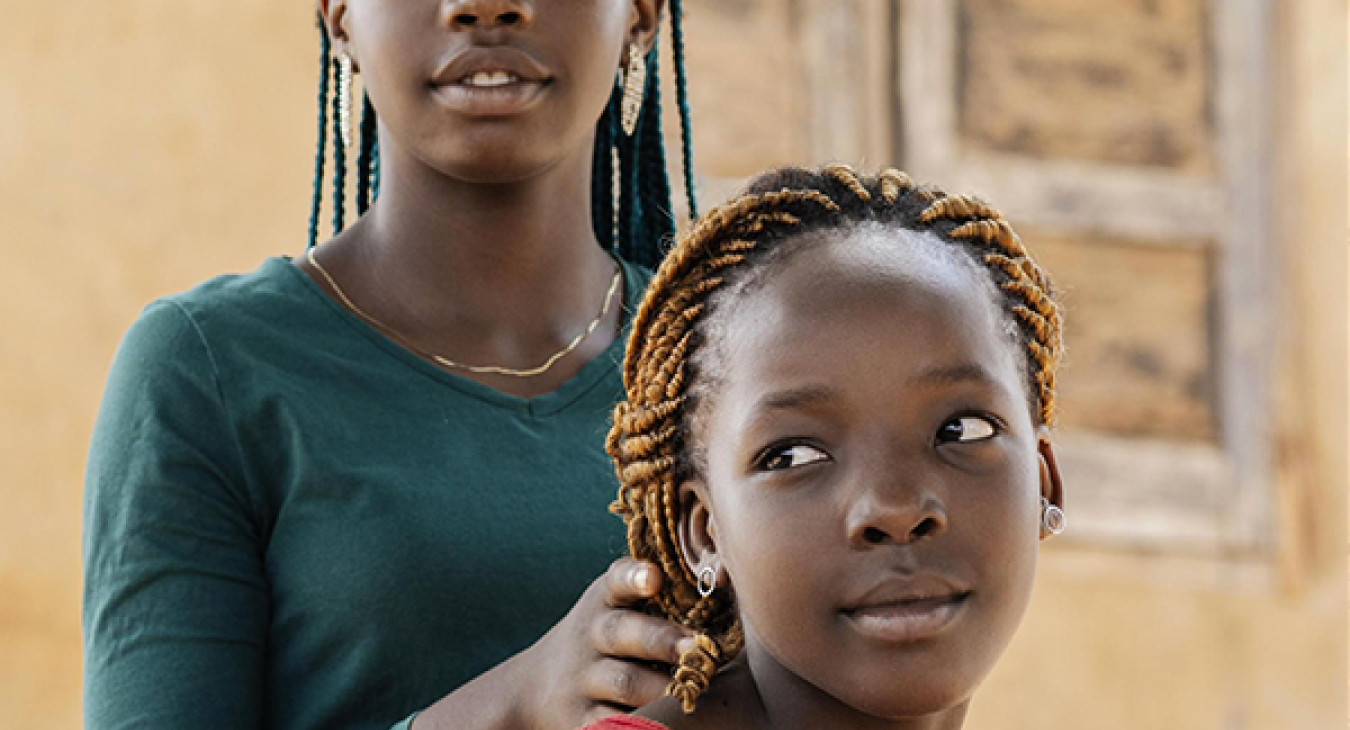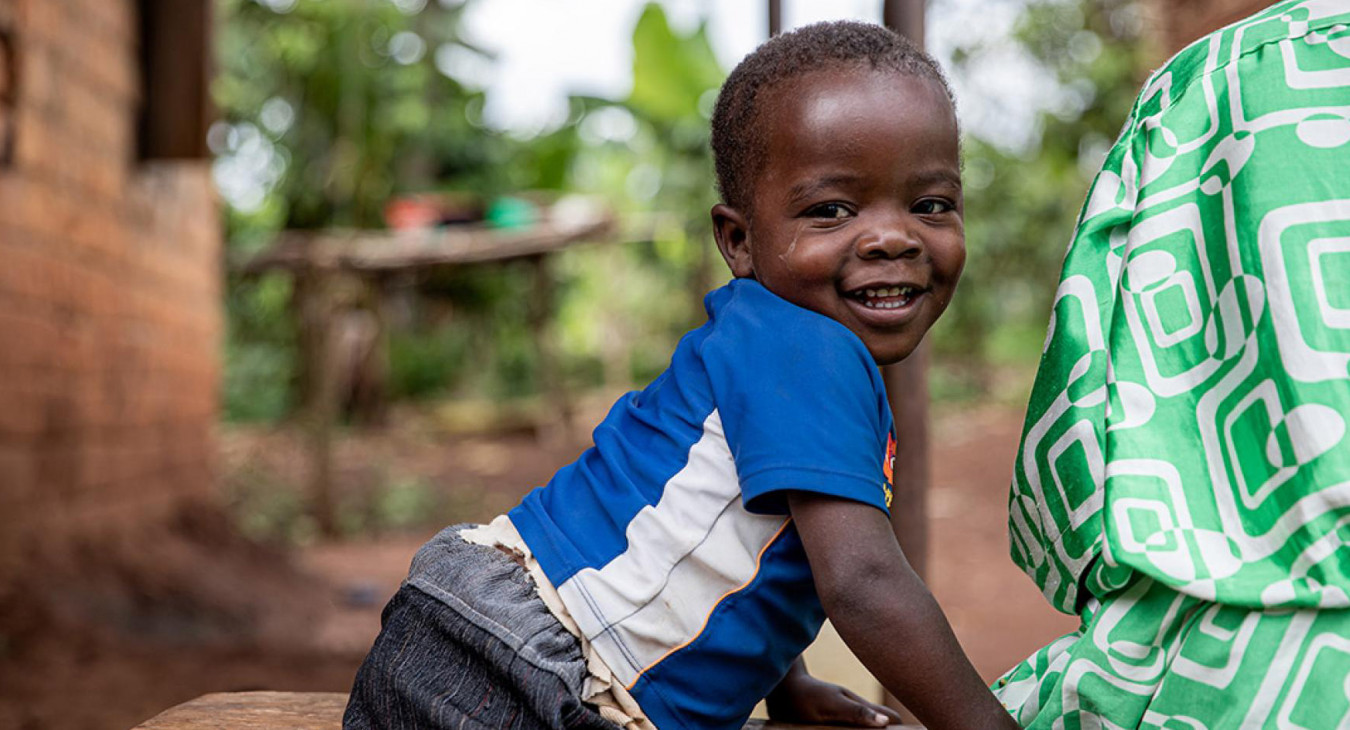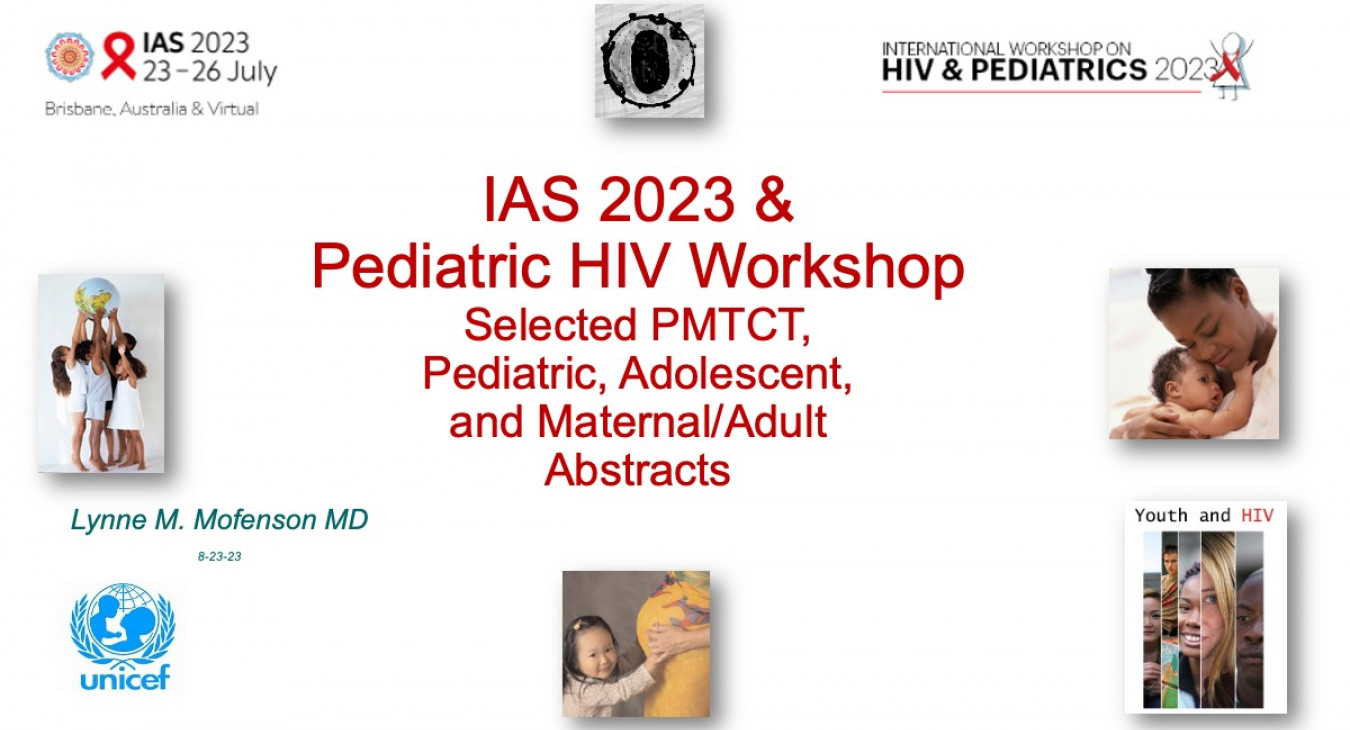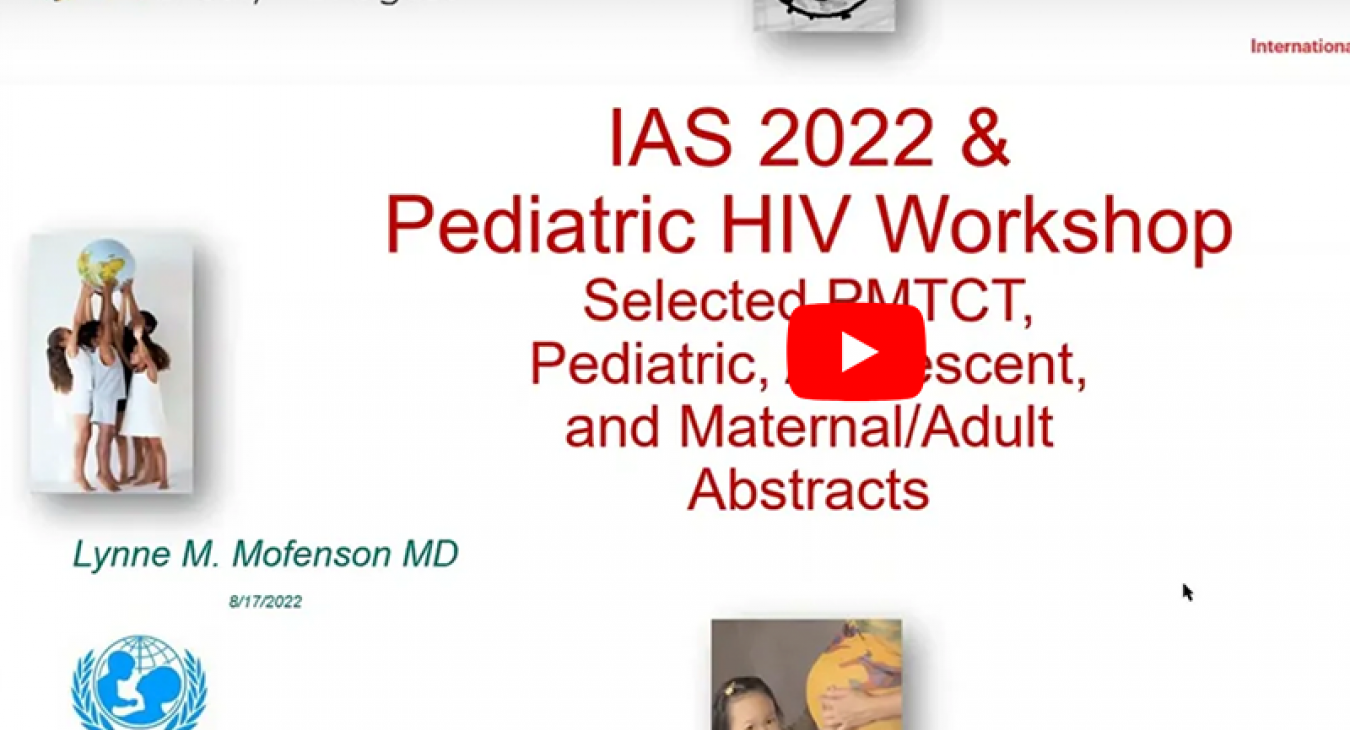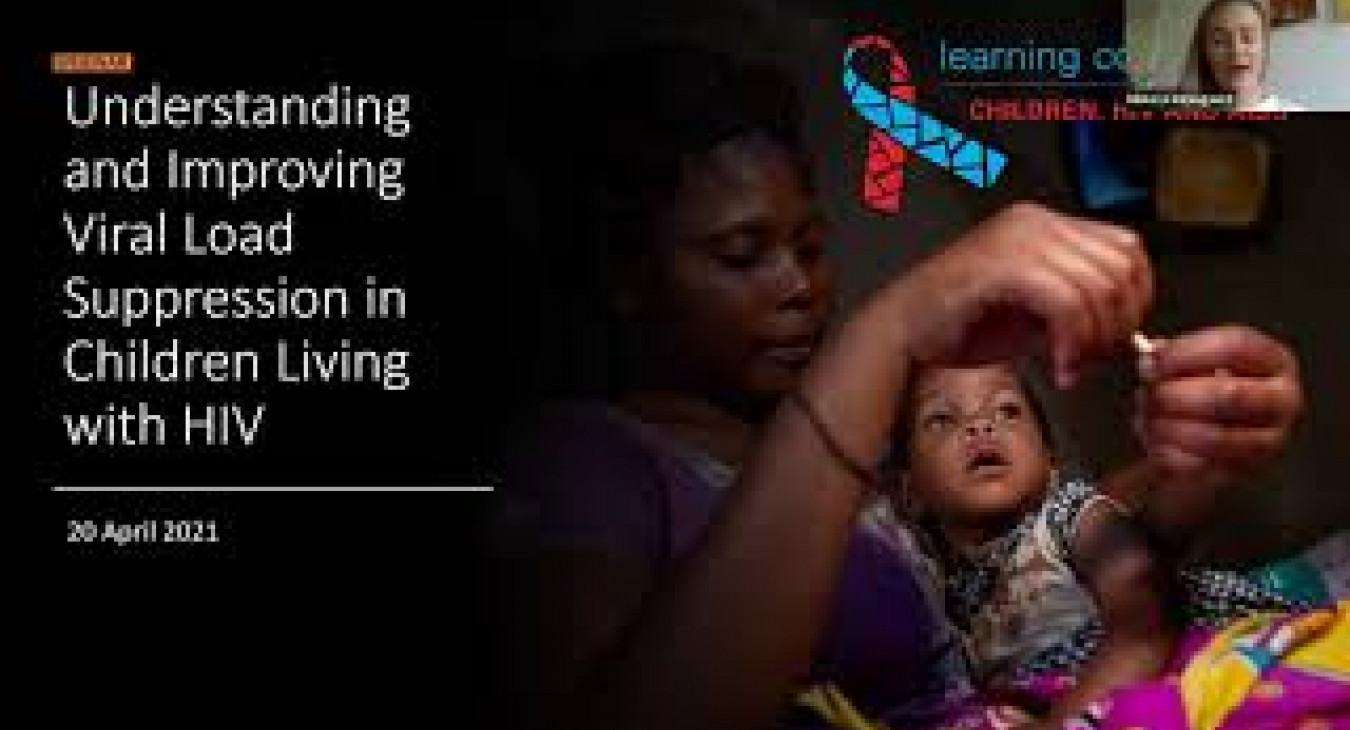Access to lifelong antiretroviral therapy (ART) for pregnant women living with HIV has increased globally, but only two thirds of the estimated 150,000 million infants born to mothers living with HIV annually are tested within two months of birth. And among the 1.7 million children (aged 0–14 years) living with HIV, slightly more than half (54 per cent in 2020) are on treatment. This relatively poor access to testing and treatment has deadly consequences. Evidence shows that without timely treatment, one third of children infected with HIV at birth will die by age one, and half by age two.
Strengthening maternal and child health is critical to improving the whole continuum of care for children – from testing to initiation of optimal treatment to lifelong retention in care. Expanding early infant diagnosis, including through innovative point of care (POC) technology that delivers test results faster, can help to ensure that infants start treatment as soon as they are diagnosed. Furthermore, enhancing testing strategies to include approaches such as family-based index testing is critical to identifying older children that were missed in PMTCT testing services. When started on treatment, children need the best therapeutic options available as well as systems in place to support them and their families, and to promote adherence and retention in care.
Below, we provide links to key tools, documents and resource materials that can help programmes enhance outcomes for children living with HIV.
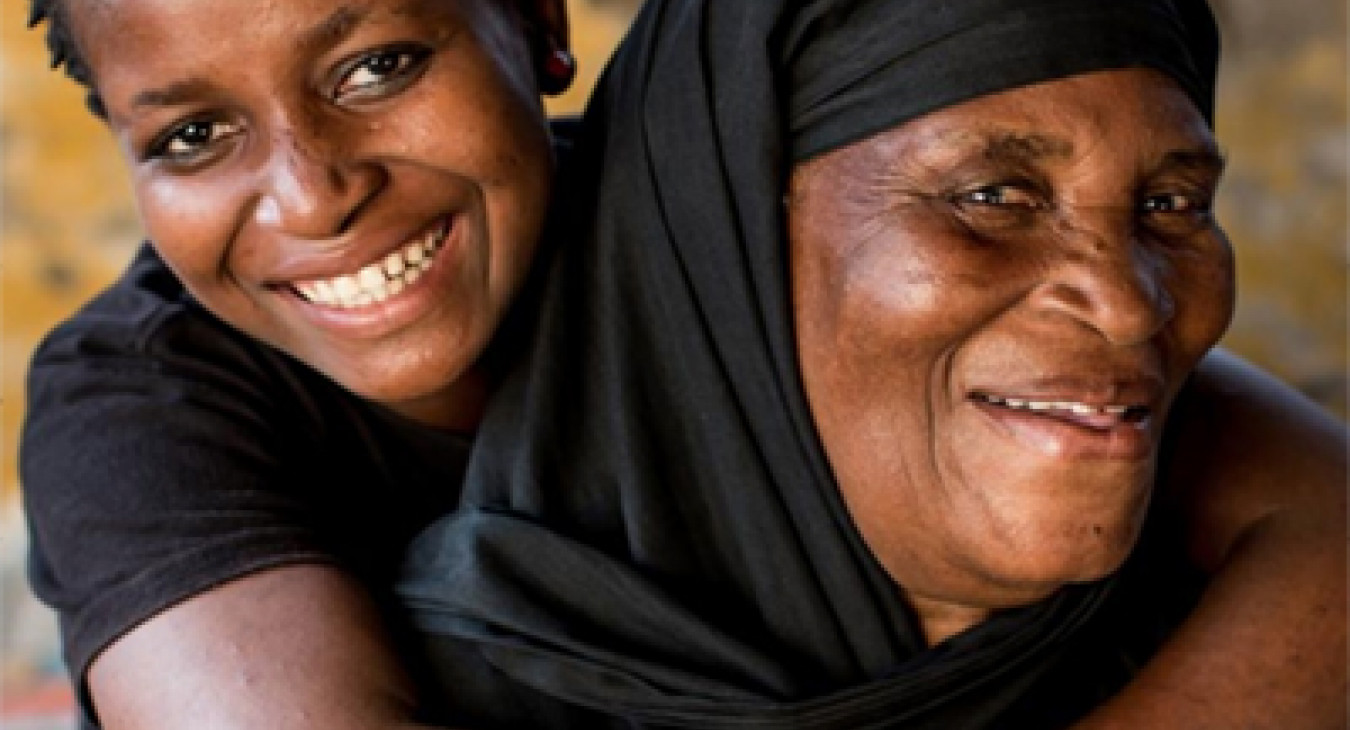
The Paediatric Service Delivery Framework presents strategies to address bottlenecks across the continuum of care for each population: infants, children and adolescents. It describes comprehensive and targeted service delivery models, which emphasize strong linkages between testing, treatment and care, and between communities and facilities.

Informed by implementation lessons learned, this operational guidance aims to guide country teams to design country-contextualized family HIV testing roll-out in West and Central Africa. It is meant for use by national programme managers, implementers, advocates and health care providers in collaboration with partners and technical experts.

This toolkit, developed by members of the AIDS Free Working Group, consists of the latest normative guidance, technical guidelines, policy briefs, case studies and advocacy resources to support efforts to achieve the AIDS Free targets in high-burden countries. Topics covered include advocacy, diagnosis, drug optimization, service delivery, community engagement, and monitoring and evaluation.
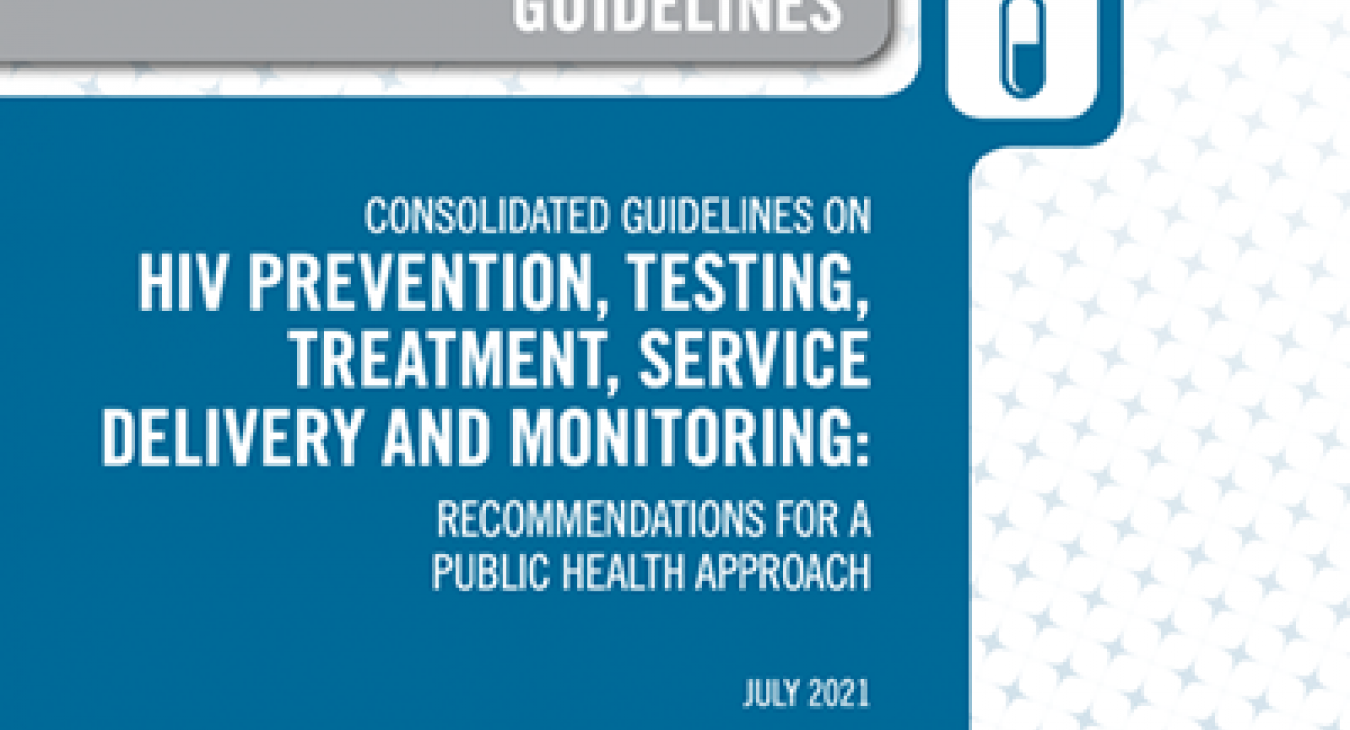
WHO's consolidated guidelines, updated in 2021, bring together existing and new clinical and programmatic recommendations across different ages, populations and settings, bringing together all relevant WHO guidance on HIV produced since 2016. The guidelines are structured along the continuum of HIV care and provide expanded guidance on service delivery.
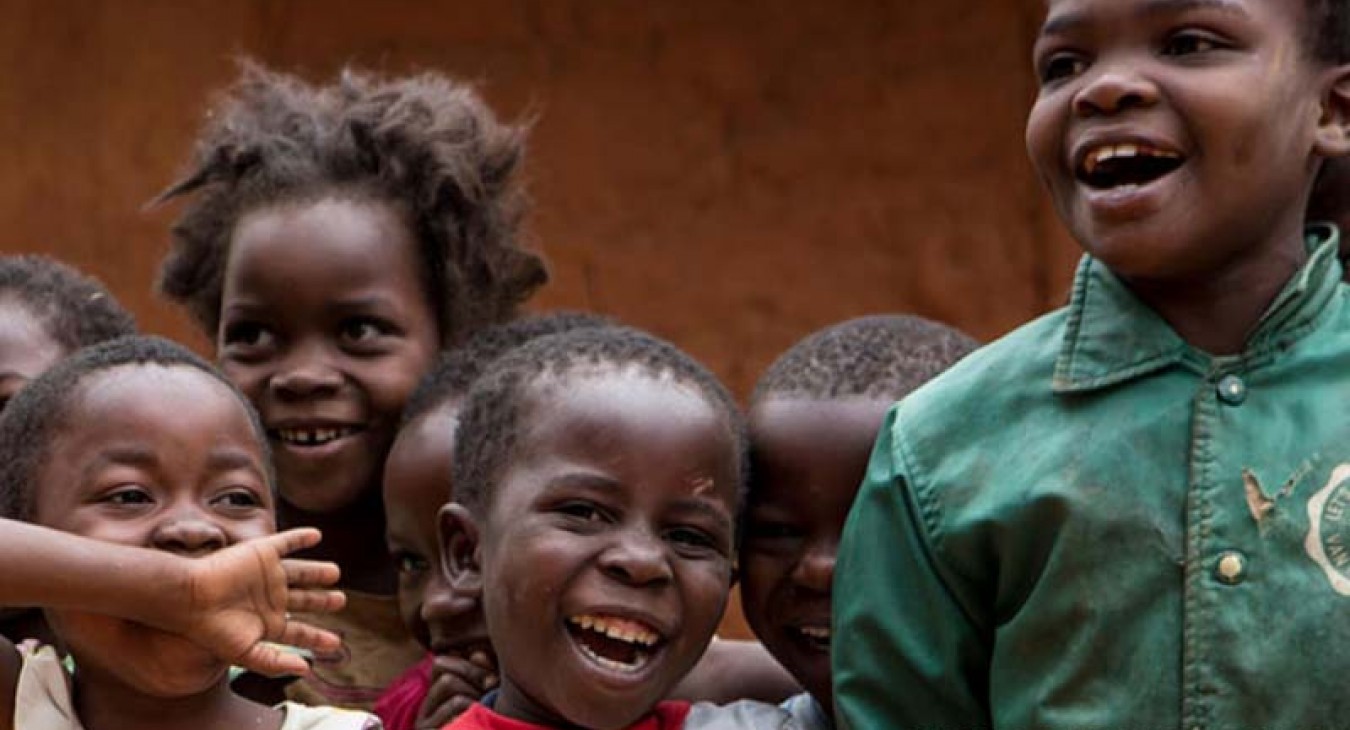
The Paediatric and Adolescent HIV Service Delivery Hub (PASD Hub) is a one-stop shop to find innovative and effective evidence-based interventions for HIV care and treatment for children and adolescents with HIV. The PASD Hub aims to share age-appropriate models of care in order to facilitate the scale-up of differentiated service delivery models for children and adolescents [currently under development].
